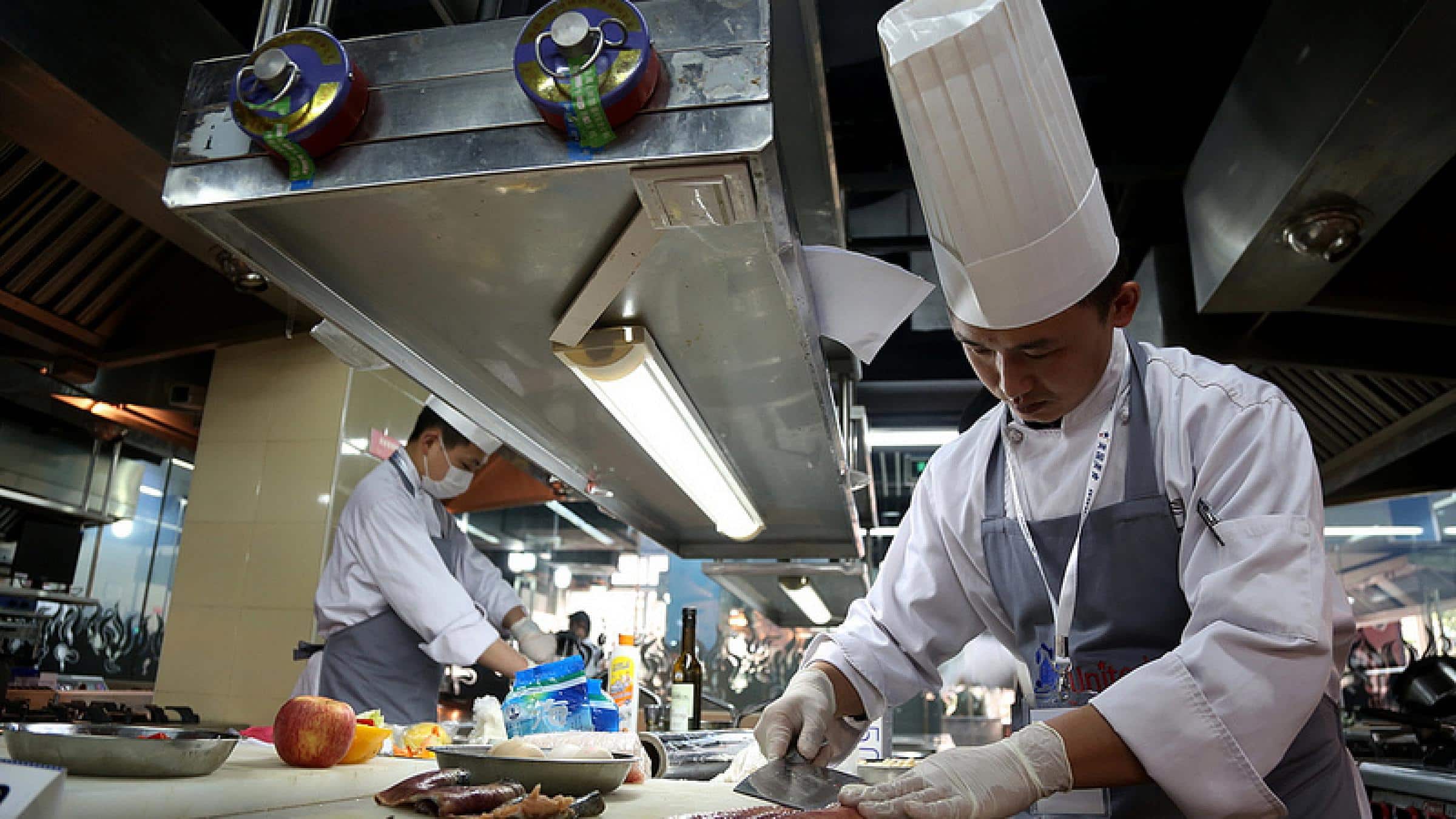In Singapore, workplace safety is of paramount importance, and employers have a legal responsibility to ensure the safety and well-being of their employees.
Under the Workplace Safety and Health (WSH) Act, organisations are required to conduct risk assessments to identify potential hazards and implement appropriate measures to mitigate risks.
This article explores the significance of risk assessments in ensuring workplace safety, particularly in the context of Singapore.
Understanding the WSH Act and Its Objectives
The WSH Act is a comprehensive legislation that aims to protect Singapore’s workers’ safety, health, and welfare.
It sets out the legal framework for employers to manage workplace risks effectively.
The act emphasises the importance of risk assessments as a fundamental step in preventing workplace accidents, injuries, and illnesses.
The WSH Act has several objectives, including promoting a safe and healthy working environment, preventing accidents and injuries, and enforcing workplace safety and health standards.
It places the responsibility on employers to identify hazards, assess risks, and implement control measures to eliminate or minimise those risks. Risk assessments are a crucial component of this process.

Source: Restaurant Clicks
Identifying Hazards through Risk Assessments
Risk assessments are systematic processes that involve identifying hazards, evaluating the associated risks, and implementing control measures.
They provide organisations with valuable insights into potential dangers that may exist within their work environments.
By conducting risk assessments, employers can proactively identify hazards and take necessary precautions to minimise or eliminate them.
For instance, in the food and beverage industry, where food safety is paramount, organisations often require employees to undergo safety courses such as the WSQ Food Hygiene Course and Food Safety Course Level 1.
These courses equip employees with the necessary knowledge and skills to identify and address potential food handling, storage, and preparation hazards.
By integrating the principles learned in these courses into risk assessments, organisations can create safer working conditions and reduce the likelihood of foodborne illnesses or accidents.

Source: Freepik
Implementing Control Measures
Once hazards are identified through risk assessments, employers must take appropriate actions to control or mitigate these risks.
Control measures may include engineering controls, administrative controls, or personal protective equipment (PPE).
For example, engineering controls such as machine guards and safety interlocks can be implemented in a manufacturing facility to prevent employees from directly contacting hazardous machinery.
Administrative controls, on the other hand, may involve implementing safety protocols, providing training, and establishing standard operating procedures.
Safety courses in Singapore play a vital role in equipping employees with the necessary knowledge and skills to implement control measures effectively.
By enrolling employees in safety courses, organisations will ensure that their workforce is well-prepared to handle potential hazards and contribute to maintaining a safe working environment.
Regular Review and Monitoring
Risk assessments are not one-time activities; they require regular review and monitoring.
As workplaces evolve and new hazards emerge, employers must reassess the risks periodically and make adjustments to control measures as necessary.
Additionally, employee feedback and incident reports should be considered to identify gaps or areas for improvement in the existing risk control measures.
The WSH Act mandates employers to review risk assessments when significant changes in work processes, work environment, or equipment exist.
Organisations will demonstrate their commitment to ongoing safety improvements by conducting regular reviews and ensuring that workplace risks are consistently managed.
The Role of Safety Courses in Enhancing Risk Assessments
Safety courses in Singapore, such as the WSQ Food Hygiene Course and Food Safety Course Level 1, provide employees with valuable knowledge and skills to perform effective risk assessments.
These courses cover a wide range of topics, including hazard identification, risk evaluation, and control measures.
By enrolling employees in these courses, organisations can equip their workforce with the necessary expertise to conduct thorough risk assessments and implement appropriate control measures.
Moreover, safety courses can create a culture of safety within organisations. Employees who have undergone safety training are more likely to be aware of potential hazards and take proactive measures to prevent accidents or injuries.
This increased awareness and vigilance contribute to a safer working environment and a reduced number of workplace incidents.

Source: Foreign Agricultural Service
Conclusion
Risk assessments play a crucial role in ensuring workplace safety under the WSH Act in Singapore.
By identifying hazards, implementing control measures, and conducting regular reviews, employers can create a safer working environment for their employees.
Safety courses can also further enhance the effectiveness of risk assessments by equipping employees with the necessary knowledge and skills.
By prioritising workplace safety and integrating risk assessments into their operations, organisations in Singapore can foster a safety culture and protect their workforce’s well-being.
Foster a Culture of Safety: Empower Your Employees with Safety Training
Cultivate a safety culture within your organisation by empowering your employees with safety training.
Skillmaster offers a range of comprehensive food safety courses to enhance awareness and reduce workplace incidents. Enrol your team now!




